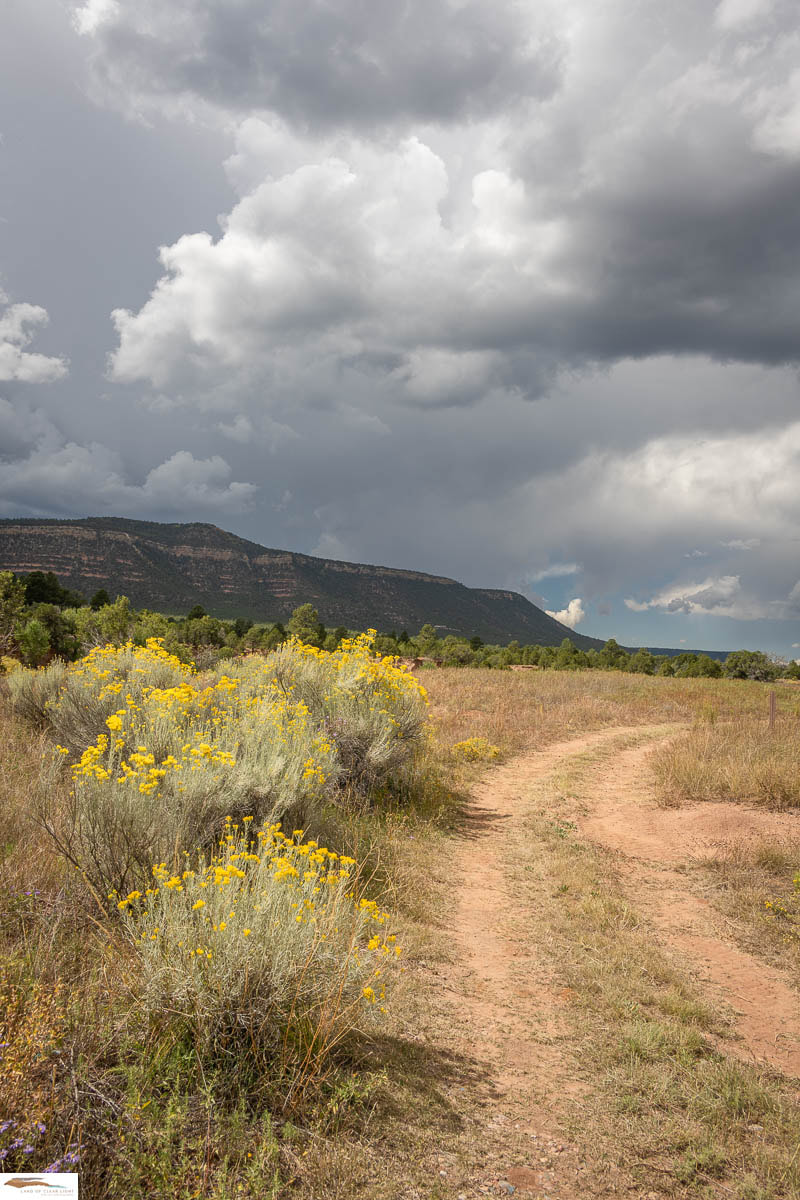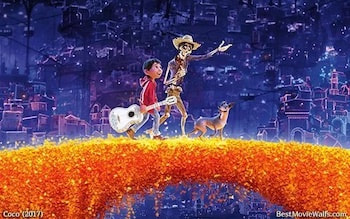 November Chamisa November Chamisa Recently I read on the internet — so it must be true — that we are all going to die. I had been suspicious of this before so the shock was not too great. But still, it gave me pause. Especially with November just around the corner. November, the harbinger of December and winter. Winter. The dark time. Days are short, nights long. It's cold. The thunder sleeps. The animals hibernate so Navajos can tell stories about them. Death comes for the leaves, the crops. Cygnus the Swan flies down the Milky Way and disappears, dragging the Summer Triangle with her. November, the Springtime of Death. In early November Mexicans celebrate their ancestors on el Día de los Muertos. The Day of the Dead. In traditions dating back to their Mesoamerican ancestors, Spanish culture, and European religion, they honor their dead ancestors. Probably it all began with the Aztecs who worshipped Mictlantecuhtli, the God of the Dead. Along with his wife Mictecacíhuatl they ruled the underworld where everybody went when they died. (Apparently this business of “We're all gonna die” has been going on a long time.) The Aztecs did not believe in a special good place for the righteous. Rather everyone descended nine layers of the underworld before reaching extinction in the lowest part. Their living relatives provided them with food and drink for the four year journey. In the Middle Ages the people of Spain brought wine and pan de ánimas to the graves of their ancestors. They covered the graves with flowers and lit candles. When they came to the New World, Spaniards brought the ceremonies along, eventually merged with the native observances and including the Roman Catholic All Souls Day. Halloween got mixed up in there as well although it has nothing to do with el Día de los Muertos. Traditionally marigolds are used as the primary floral decoration and that is why you will see them everywhere in Old Town this week. Native to the American Southwest, the plants have spread all over the Americas. Their use in el Día de los Muertos celebrations probably stems from their psychoactive properties. The Aztecs used them in sacrificial ceremonies. Today they are known as flores del muerto, flowers of the dead, and are used to decorate graves and ofrendas during the celebrations of the time that the boundary between the spirit world and this one is thin. They are the only living flowers in the Land of the Dead. Mayans used them for shamanic rituals and Mixe still do. This fascination with autumn and death is, of course, universal; not limited to North America. Ancient Near Eastern cultures sacrificed kings in the fall so their blood would fructify the earth and cause Spring to return. Goddesses traveled to the underworld for the same reasons. Egyptian festivities included skeletons to remind everyone of what they would eventually be. Japanese practice momijigari, watching the fall colors because everything is the most splendid just before the end, and people should live and then die like that. All three major divisions of Buddhism feature meditations on death including one that requires imagining one's flesh melting away until nothing but a skeleton is left. Hindus celebrate Sharad Purnima marking the end of the Monsoon season. Autumn is not required, of course, but some kind of symbolism usually is. Seventeenth Century Trappist friars dug their graves a little deeper each day as a reminder. They say that Hopis have Masaw, Guardian of the Underworld. Masaw is a skeleton who teaches Hopis not to be afraid of death. Works of visual art in churches throughout the world encourage meditating on life and death. Visual artists are on board as well. Since the Middle Ages artists have created Memento Mori (Latin for “remember that you must die”) to remind us that we must die. Anytime you see a skull or a skeleton in a painting or a photograph you can bet it is a memento mori. The works of Georgia O'Keefe and Freida Kahlo spring to mind. Look in the shadows at some of those photographs of golden and yellow aspen leaves about to fall or the red of maples. Like the golden marigolds, such works are about more than the beautiful colors. Memento Mori are not limited to the calacas (skeletons) and calaveras (skulls) of the Day of the Dead traditions. Some are meditations on how we can make the most of the time we have. They are odes to life. Feliz el día de los Muertos. May you keep those you love in your hearts, especially those who have gone before.
0 Comments
Leave a Reply. |
AuthorHere you will find writings about photography. I write the newsletter for the Albuquerque Photographers'Gallery and will post those newsletters here as well. About once a month, you'll find musings and photography related news and views. Archives
November 2023
Categories |


 RSS Feed
RSS Feed